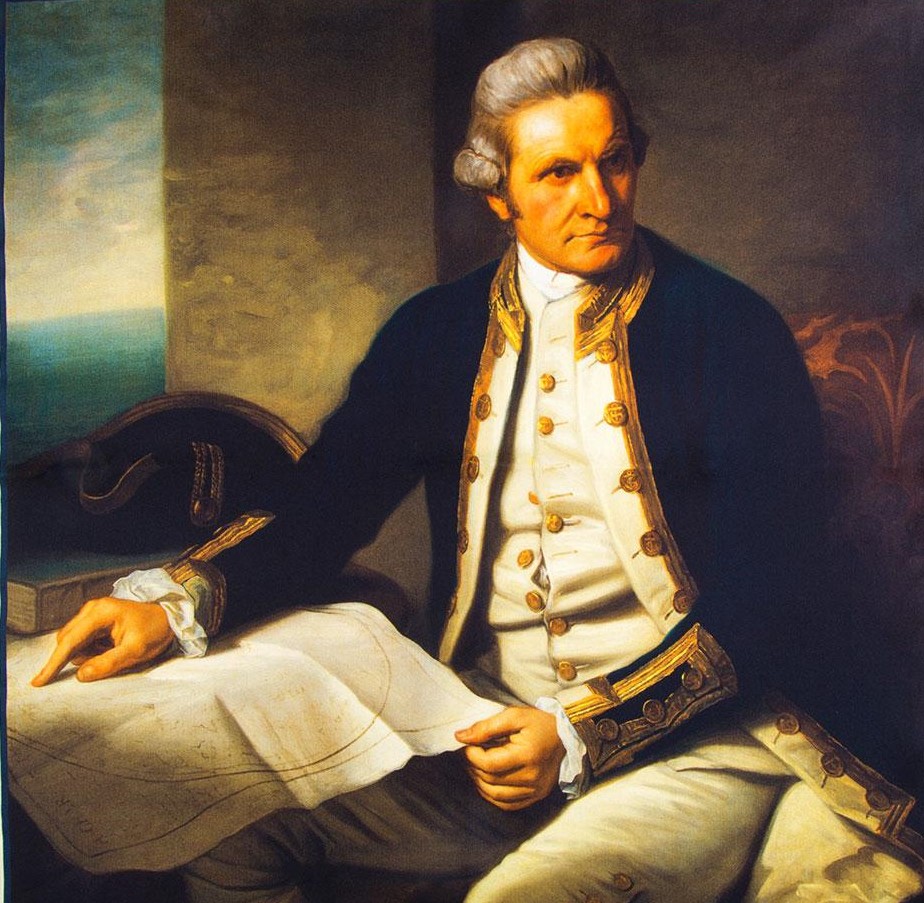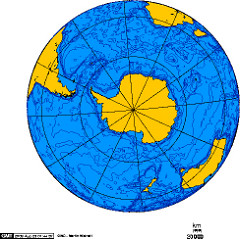
The Early Period of Antarctic Exploration (1700-1895)
Although a number of early explorers had gradually pushed the boundaries of our knowledge of what lies to the world’s south it was Captain James Cook’s 2nd expedition (1772-1775) which finally crossed the Antarctic circle and reached the furthest point south (71° 10′ S) of any voyage at that time. Although Cook was only about 120 km (75 miles) from the Antarctic continent he did not sight Antarctica but surmised that a large land mass existed further south from the huge amount of icebergs that he encountered and the fact that some of them contained pieces of rock.
After Cook, further exploration of the Southern oceans entered a lull for the next 45 years or so, though sealers and whalers made the occasional new discovery. There was a resurgence of interest between 1819 and 1843 and in 1820 Russian Naval officers Bellingshausen and Lazarev became the first explorers to see and officially discover Antarctica.
Various explorers, such as Biscoe, Balleny, Charles Wilkes, Dumont D’Urville and James Clark Ross, would go on to expand our knowledge of the southern regions . Although their efforts were impressive, they were only able to discover islands and coastlines without setting foot on the continent.
After James Clark Ross reached McMurdo Sound in 1841 and named the volcanoes Erebus and Terror (after his two ships), southern exploration fell again into the doldrums.
Dr. John Murray gave a lecture to the Royal Geographical Society in London, in 1893 entitled “The Renewal of Antarctic Exploration”, in which he encouraged research into the Antarctic to “resolve the outstanding geographical questions still posed in the south”. This speech along with a general resurgence of interest in Antarctica by Geographical Societies would lead to the Heroic Age of Antarctic Exploration

